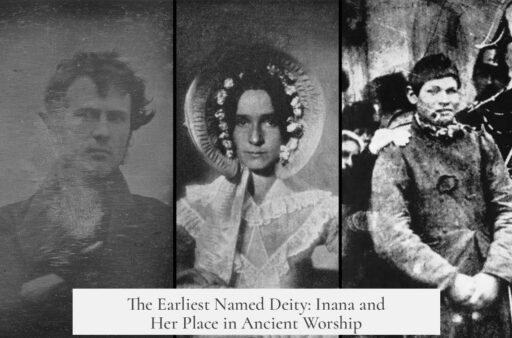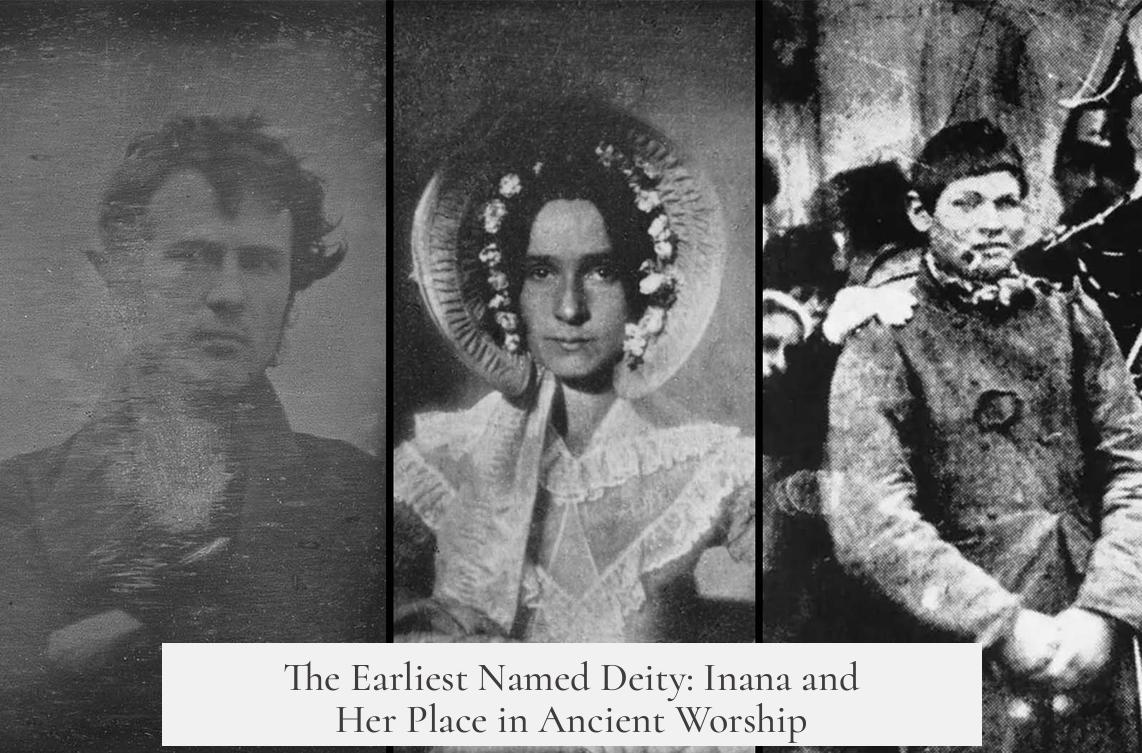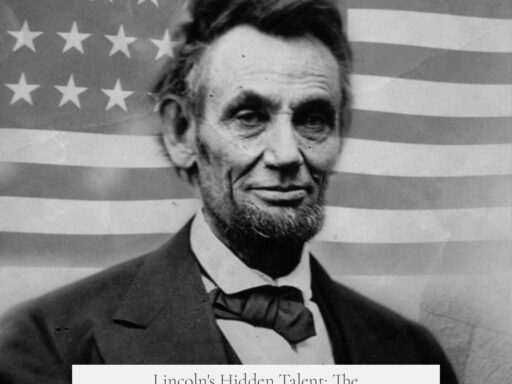The earliest deity known to be worshiped with a distinctive name is Inana (also spelled Inanna), a Sumerian goddess whose symbol dates back to around 3200 BCE. This symbol evolved into her cuneiform name during the Jamdet Nasr period, making her one of the first gods recognized by a specific, written name.
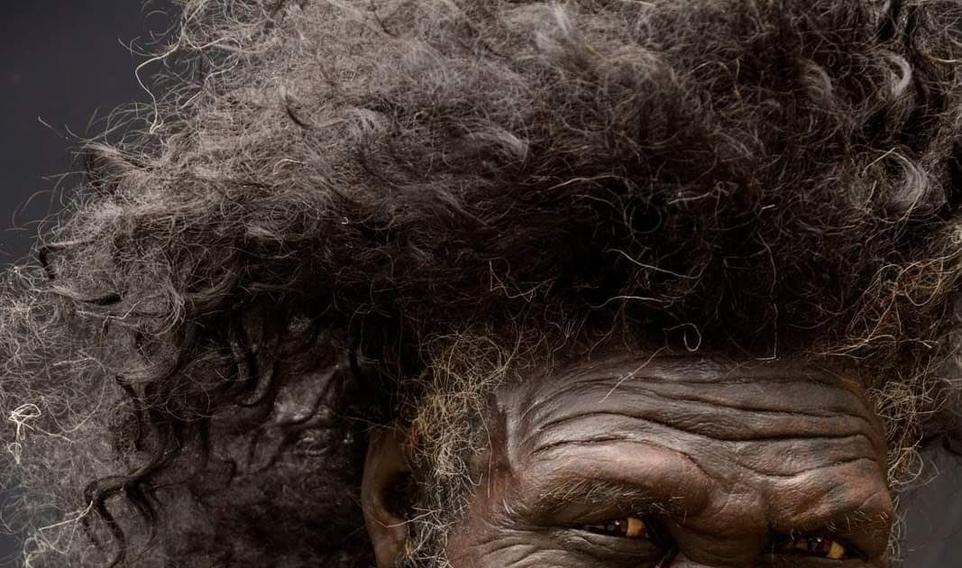
Inana is associated primarily with fertility and war. The evidence for her comes from the late 4th millennium BCE, particularly in the Sumerian city-states of southern Mesopotamia. Around 3200 BCE, during the period leading to the development of cuneiform writing, pictographic symbols representing Inana have been found. These are considered the oldest known named deity depictions preserved in a textual form.
Besides Inana, other very early deities with distinctive names appear roughly at the same time and place. For instance, Anu, the Sumerian sky god, also emerges in cuneiform texts during the Uruk IV period, just centuries after 3200 BCE. Similarly, Egyptian deities like Horus and Neith appear in the Naqada III period of Egypt, roughly contemporaneous with the late 4th millennium BCE. Both Mesopotamian and Egyptian civilizations independently developed early writing systems, which preserved some of these gods’ names.
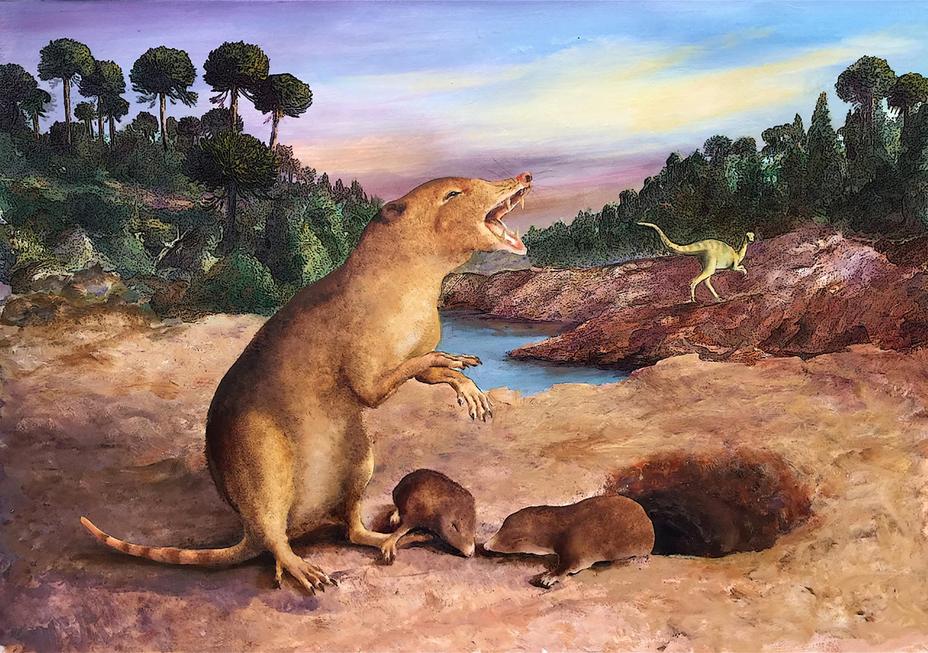
It is important to note that the concept of deities predates these named gods by many millennia. Theories suggest an Aryan proto-pantheon existed before the emergence of well-known gods in Europe and India. For example, Zeus and some Hindu gods share a common precursor deity dating to prehistory. These generational ideas are reflected within mythologies where newer gods replace older gods (like the Titans preceding Olympians, or Apsu and Tiamat preceding Marduk and Enki). This implies that even though Inana and similar names are the earliest **recorded** deities, they may represent later forms of much older, unnamed divine figures venered by prehistoric peoples.
The progression from unnamed or generic supernatural forces to distinctly named gods reflects the rise of writing and urban civilization. By the time scribes inscribed gods’ names, the original forms might have shifted or acquired new attributes.
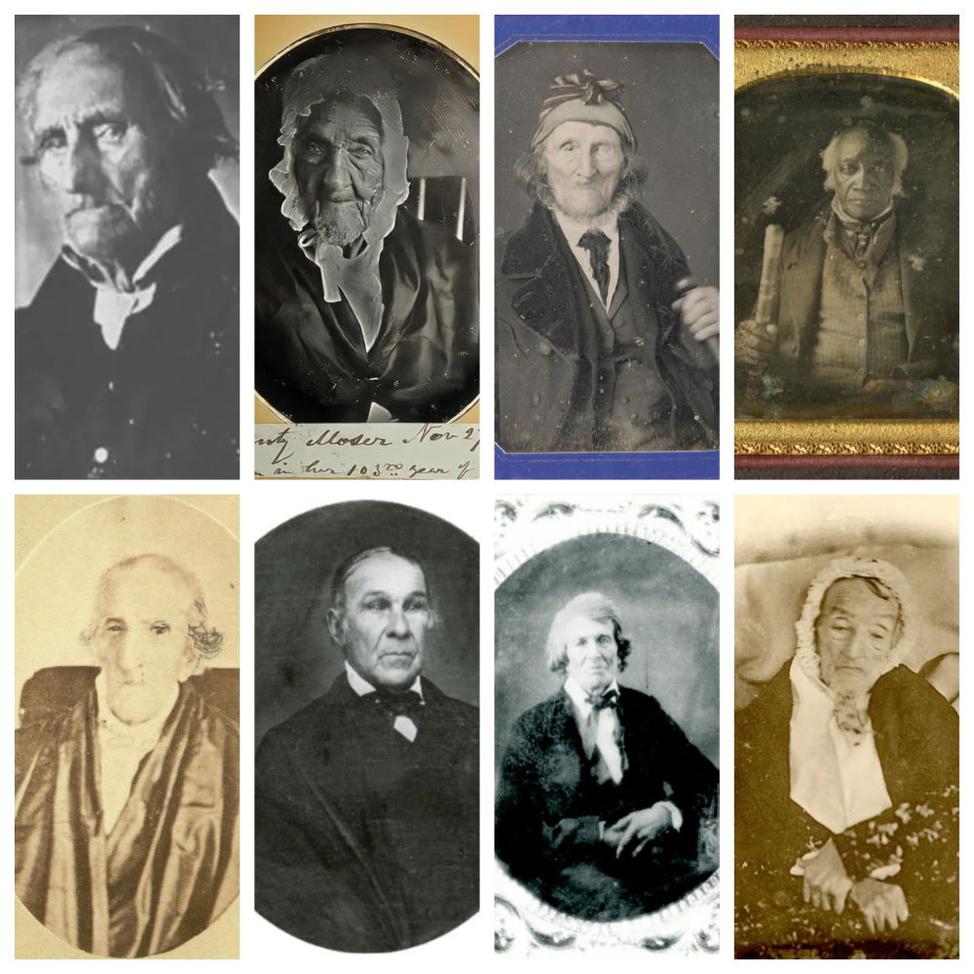
| Deity | Civilization | Period | Significance |
|---|---|---|---|
| Inana (Inanna) | Sumerian | c. 3200 BCE (Jamdet Nasr period) | Oldest named deity in textual form; fertility and war goddess |
| Anu | Sumerian | Late 4th millennium BCE (Uruk IV period) | Sky god, early named deity in cuneiform |
| Horus | Egyptian | Late 4th millennium BCE (Naqada III period) | Falcon-headed god, early named deity in Egyptian hieroglyphs |
| Neith | Egyptian | Late 4th millennium BCE (Naqada III period) | Goddess of war and weaving; early named deity |
In summary, Inana holds the distinction of being the earliest deity with a clearly documented name due to surviving pictographic signs forming her name around 3200 BCE. However, this does not necessarily mean she was the first god ever worshiped. Instead, she is the earliest for whom we have concrete written evidence. Other early gods like Anu, Horus, and Neith also arise around the same broad timeframe, linked to the earliest writing systems’ development.
- Inana is the earliest named deity confirmed by textual records, dating to c. 3200 BCE.
- The Sumerians and Egyptians independently documented early gods through emerging writing systems.
- Generational myths indicate older, unnamed deities predate these named gods.
- Aryan proto-gods suggest prehistoric, shared divine origins predating ancient pantheons.
- The recorded names reflect evolving religious traditions, not the absolute first worshiped deities.
Who Is the Earliest Deity with a Distinctive Name? Unpacking Ancient Gods and Mysteries

Answering the question head-on: The earliest deity known to be worshiped with a distinctive, recorded name is Inana (also spelled Inanna), a Sumerian goddess of fertility and war. Her name and symbolic representation date back to around 3200 BCE, making her the oldest named god we know from textual and pictographic sources.
Now, before you imagine a dusty ivory tower, let’s dive into the juicy details that make Inana and her divine contemporaries so fascinating.
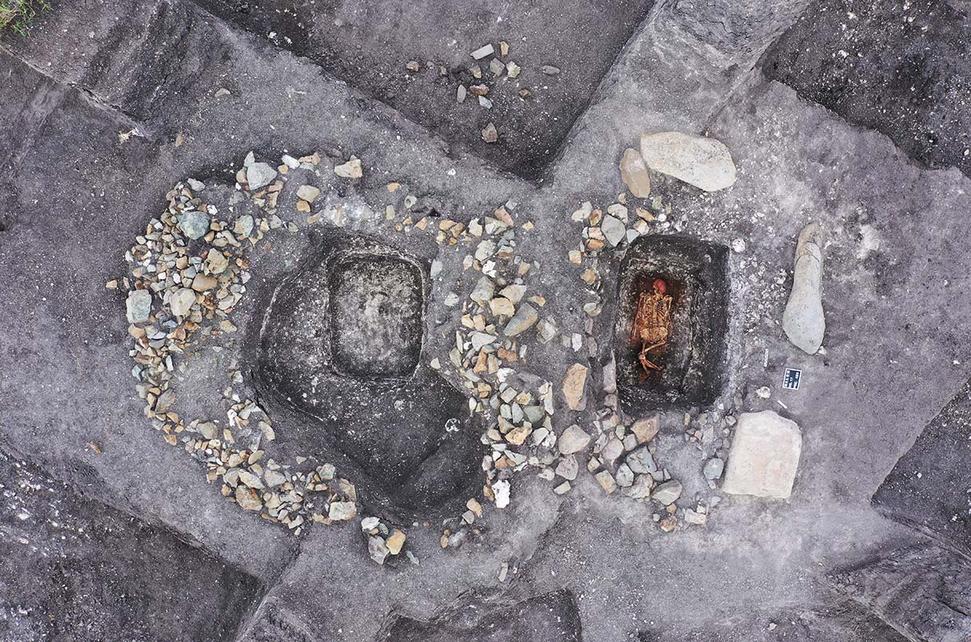
The Dawn of Divine Names: Inana’s Claim to Fame
Inana isn’t just some mythological figure whispered by ancient Mesopotamians. She arrives with a bang—the earliest definitive name etched into human history. The pictograph representing her hails from the Jamdet Nasr period, roughly 3200 BCE. That’s 5,200 years ago. To put that in perspective, while you’re reading this, the Sumerians were already penning the name of their goddess of fertility and war in early scripts.
Her name didn’t stay static either. From simple pictographs, it evolved into cuneiform writing, the wedge-shaped characters that make Mesopotamian tablets so instantly recognizable. Inana’s name in cuneiform cements her as a foundational figure in the history of recorded religion.
Why Does This Matter? The Story Beneath the Name
You might ask, why stress a name from thousands of years ago? Well, humans don’t just invent gods willy-nilly. Names link us to identity, culture, and power. Inana’s name shows us that the concept of naming deities was crucial for early civilizations. It was about defining divine traits and immortalizing human perceptions of power, fertility, war, and influence.
She also illuminates the earliest stage of organized religion—when gods started having personalities, stories, and specific spheres of influence. Before this, divinity might have been more abstract or simply unnamed forces of nature.
Other Early Named Gods: Contemporaries of Inana
Interestingly, Inana was not alone at the dawn of written names for gods. Her compatriot deities from the Sumerian pantheon, such as Anu—the sky god—also appear in texts from the Uruk IV period (roughly late 4th millennium BCE). Over in ancient Egypt, gods like Horus and Neith carry comparable claims. They appear during the Naqada III period, a cultural phase occurring about the same time.
This parallel development sheds light on a surprising coincidence: ancient civilizations, independently or through some cultural dances, began writing divine names around the same time. It’s like the world’s earliest fan clubs popped up simultaneously in different bookish corners of the globe.
But Wait, Aren’t There Older Gods? Exploring the Generational Legacy
Here’s where theology and history get thrillingly tangled. The idea of generational gods pops up repeatedly. Remember the Titans before the Olympians? Or Apsu and Tiamat before Marduk and Enki in Mesopotamian lore? These indicate older deities—some named, some lost in the abyss of time—that predate the ones we’re sure about.
So, while Inana’s the oldest named deity we’ve recorded, she probably represents a transformation of even earlier divine figures. Think of her as a family heirloom, polished over generations but originally crafted by unknown hands in prehistory.
The Aryan Pantheon Connection: A God Before the Gods?
Taking this a step further, scholars hypothesize about an Aryan pantheon that predates even the ancient European and Indian gods as we understand them. Imagine a divine family tree so old that the roots are lost in prehistory. For example, Zeus and Hindu gods like Indra might share a grandparent deity from this early pantheon.
This suggests that many gods we know are descendants in a mythological lineage. These inherited divine traits mean that even our oldest named gods are evolutionary end points rather than brand-new creations.
Why You Should Care: Lessons from Ancient Names
Understanding the earliest gods with names teaches us how humans began organizing the cosmos. Naming gods meant categorizing forces—fertility, war, justice—essential for survival and governance.
As a practical takeaway, examining Inana and her contemporaries helps historians, anthropologists, and enthusiasts track human civilization’s leap from myth to record. It also invites us to appreciate how language and religion co-evolved, shaping societies we see today.
Practical Example: What Can We Learn From Inana’s Worship?
- Inana’s dual role as goddess of fertility and war shows complex societal values blending life and survival.
- Her worship involved rituals and symbols that we can trace archaeologically, guiding us on ancient cultural practices.
- This dual nature shows ancient humans understood that nurturing life and defending it are gods’ work—an intriguing balance still relevant in modern human drama.
Wrapping Up: The Oldest Named God Is a Snapshot, Not the Whole Picture
In conclusion, yes—in the scrolls and tablets that survive, Inana claims the title of the earliest deity with a recorded distinctive name. Yet, this is only a snapshot in an ongoing epic with countless chapters lost to time. Other early gods like Anu, Horus, and Neith come close and probably overlapped. The generational mythologies hint that older, unnamed divine figures laid the groundwork.
So next time you wonder about the gods and their origins, remember: names are just the beginning of a story stretching far beyond our written records, a tale about how humans sought meaning, order, and identity in an uncertain world.
“The gods of today are the echoes of the unknown gods of yesterday.”
Curious about more ancient myths or earliest civilizations? Dive deeper, because every god’s name uncovered is like a star lighting our human past.
Who is considered the earliest deity with a distinctive name from textual evidence?
Inana, a Sumerian goddess of fertility and war, holds the title of the earliest named deity from a textual source. Her symbol dates back to around 3200 BCE and evolved into a cuneiform name during the Jamdet Nasr period.
Are there deities that predate the earliest named gods like Inana?
Yes. Many mythologies show gods as part of generational sequences. This suggests earlier, unnamed deities existed before those we know by name, although we have no clear textual names for them.
Which other early named deities are known from ancient civilizations?
Besides Inana, Sumerian gods like Anu, and Egyptian gods such as Horus and Neith, are among the earliest named deities found in texts from the late 4th millennium BCE.
Is there evidence of even older gods influencing known ancient pantheons?
Scholars suggest an older, proto-Aryan pantheon predates known European and Indian gods. These earlier gods likely influenced later deities like Zeus and Hindu gods, indicating very ancient origins.
